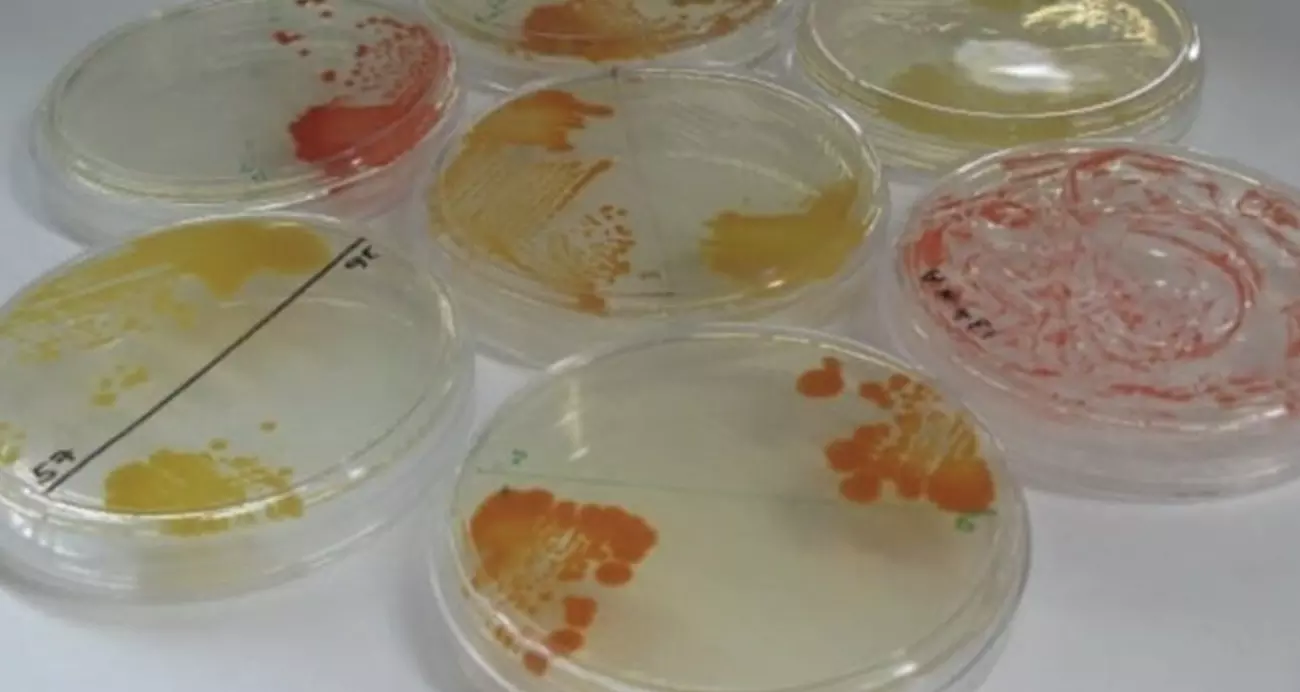Are we dealing aliens? Scientists discover 26 new bacterial species in NASA’s sterile cleanrooms
Are we dealing aliens? Scientists discover 26 new bacterial species in NASA’s sterile cleanrooms

In a remarkable scientific breakthrough, researchers from India, Saudi Arabia, and the United States have uncovered 26 previously unknown bacterial species living in NASA cleanrooms—facilities specifically engineered to be as germ-free as possible. Their findings, recently published in the journal Microbiome, challenge long-held assumptions about microbial survival and open new doors in the fields of space exploration and biotechnology.
Cleanrooms are ultra-controlled environments where spacecraft are assembled, with strict regulations on air quality, humidity, and temperature to minimize microbial contamination. But despite these rigorous precautions, researchers found extremophile bacteria—microorganisms that thrive in extreme conditions—living and even adapting within these sterile zones.
“Our aim was to understand whether these resilient microbes could survive space travel and potentially contaminate other planets,” explained lead author Professor Alexandre Rosado of King Abdullah University of Science and Technology (KAUST), Saudi Arabia. “This is crucial for planetary protection and avoiding the accidental colonization of alien worlds.”
The research team analyzed bacterial samples originally collected during NASA’s 2007 Phoenix Mars mission. They sequenced 215 bacterial isolates and identified 53 strains, representing 26 entirely new species.
What’s especially surprising is the arsenal of survival tools these bacteria possess. Many of them have genes linked to radiation resistance, disinfectant tolerance, efficient DNA repair, and remarkable metabolic flexibility—traits that could help them endure the harsh conditions of outer space.
“These bacteria aren’t just survivors—they’re potential game-changers,” said Dr. Junia Schultz, a co-author and postdoctoral researcher at KAUST. “The same genes that protect them in cleanrooms could be harnessed for use in food preservation, advanced medical applications, or industrial innovation.”
Beyond their implications for space missions, these discoveries fuel growing scientific curiosity about how life from Earth might behave beyond our planet—and how such hardy microbes could either threaten or support future interplanetary travel.
This research redefines the boundaries of microbial resilience and highlights the importance of constantly re-evaluating the risks and possibilities as humanity reaches deeper into space.

